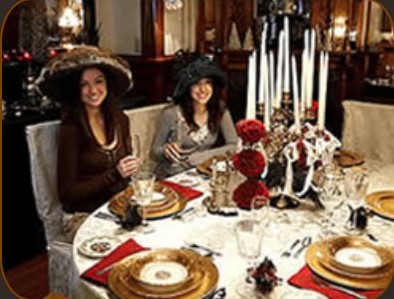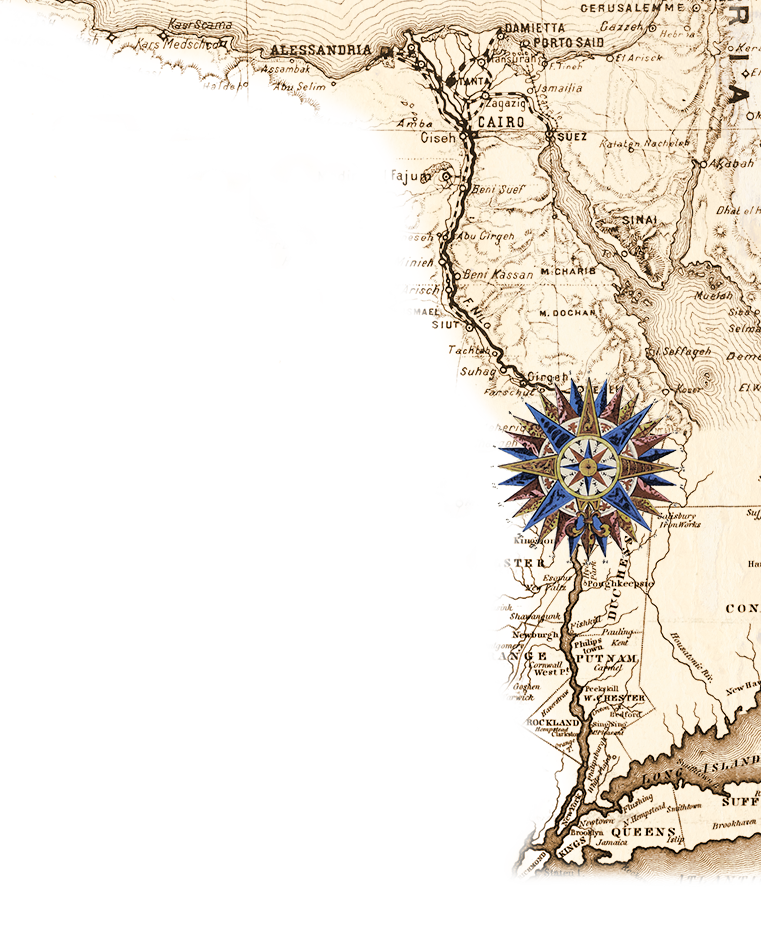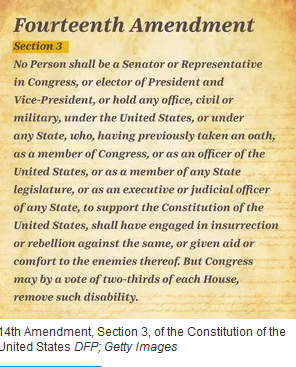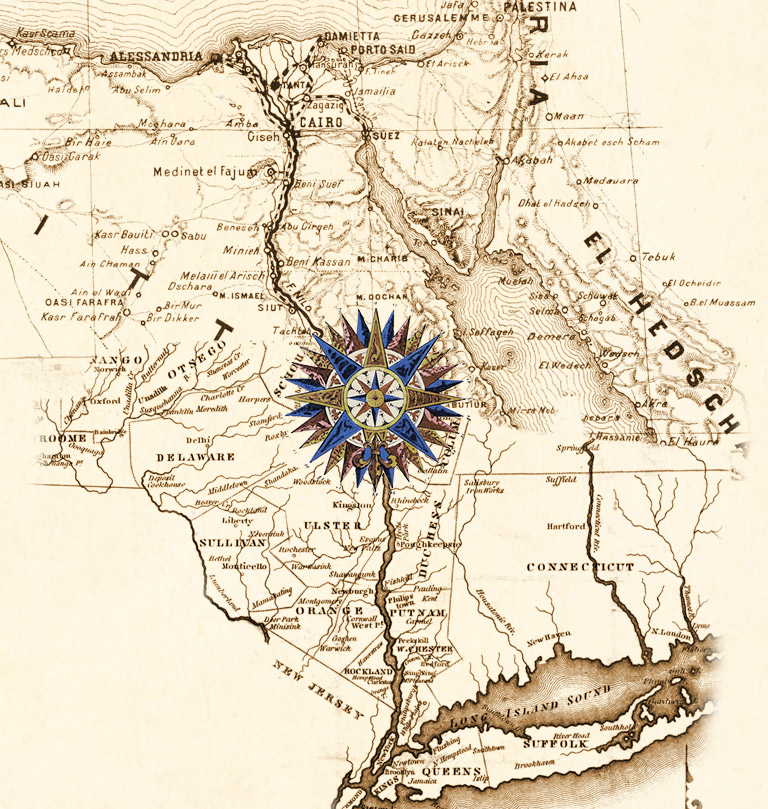
If a tree falls in the woods and it’s not on YouTube, has anything happened? Shouldn’t everyone have to reinvent the wheel?
These questions raise the issue of how should the history community disseminate information on good practices? How should we share the news of what people have done? I am not referring to a museum launching an exhibit or an historical society having a lecture, but to the steps in creating a successful exhibit that resonates with the public, to the crafting of a lecture series that reaches new audiences, to the creating a template others can follow.
One form of communication is by attending conferences. But not everyone is able to attend such conferences and even when one attends it is not possible to see all the concurrent sessions. Occasionally, probably less than I should, I write about sessions I have attended as I started to do before the NYSHA fiasco consumed multiple posts. I hope to return to that reporting shortly. I sometimes ask people to submit guest posts about their work. People are very agreeable when you ask them at the conference to write about what they just presented, but once they return to the real world, the willingness dissipates and the rhythm of the daily routine takes over.
In this post, I would like to mention some local-level activities with state-wide relevance.
UNDERGRADUATE STATE HISTORY CLASS
The first is an undergraduate class this spring on New York State History offered by Ed Knoblauch at Adirondack Community College.
This is a survey course providing an overview of the peoples and land of New York State from the earliest human occupation to the 21st century. The course will focus on physical geography, literature and the arts, demographics, government and politics relating to various time periods in New York State’s history including but not limited to Native American occupation, New Netherland, the Colonial and Revolutionary eras, and the Industrial Revolution, literature and the arts, urbanization and suburbanization, and New York government and politics.
This semester is not the first time he has taught this class and I have invited him to write guest blogs about the various topics.
The class raises several questions:
1. How many classes in New York State history are being taught at community colleges, SUNY and CUNY, and private colleges?
It seems like it would be beneficial to have list of such courses. It also would be appropriate to have a session the New York History conference, in the event there is a New York History conference, about teaching state history at the college level.
2. How are social studies teachers expected to learn about state and local history?
If teachers are expected to teach local and state history under the guidelines, how are they supposed to learn it, especially if such classes are few and far between? Apparently by osmosis or if someone happens to mention New York during an American history class. Can’t we do better than that? Imagine if the Regents required that teachers be knowledgeable in something they are required to teach.
You may ask, that is all fine and good to teach state history, but what about something more local.
COUNTY HISTORY CLASS
The second good news is that John Conway, the Sullivan County historian, has the answer for that. He teaches a six week class on Sullivan County history.
1. The Lenape – their language, their culture, their legacy
2. The Arrival of the Europeans – Cushetunk, Minisink, Chestnut Woods
3. Timber, Tanning and the D&H Canal – The role of Transportation in development
4. The Railroads and the Beginning of Tourism – Doctors Say “go to The Mountains!”
5. The Silver Age and the Healing Environment – Grand Hotels and Sanitariums
6. The Golden Age and After the Fall – Glitz, Glamour, and Gangsters.
The class is more of an adult education class than a college class. It also raises some questions.
1. Isn’t this something every county historian can and should do?
I don’t mean to suggest the other county historians aren’t teaching such classes or that such county (or municipal history) classes aren’t offered at the college level elsewhere. Again, it would be beneficial to have an inventory of such classes. It would be beneficial to have a session at the New York State History conference on the teaching of county and municipal history classes.
2. Couldn’t such classes be offered to teachers for professional development and CTLE credit?
3. Couldn’t such classes include visiting the local sites mentioned in the class?
If teachers are expected to know about the history in the community in which they teach, it seems that such classes are a natural way to do so…provided, of course, the intent to teach local and state history in the social studies guideline isn’t simply an on-paper only requirement not to be taken seriously.
COUNTY HISTORY CONFERENCE
The third and final example in this post is the county history conference. Regular (and long-time) readers of my posts, know that I am a strong advocate of the county history conference. Every county should have one and it should be done annually. I have initiated and helped organize multiple such conferences so I welcomed receiving the following email from a regular reader of my posts:
Broome County Area History Conference
Sponsored by: Bundy Museum of History and Art
The rich and complex history of Broome County has long attracted attention from a diverse array of researchers and citizens. In recent years, the area’s local history scene has become more accessible and vibrant than ever. Adding to well-drawn biographies of notable residents and surveys of important institutions, recent work has examined local ethnic and racial history, women’s experiences, environments and ecologies, class relations, art and architecture, social movements, immigrants and immigration, and indigenous life, among many other topics.
Yet, researchers and audiences interested in these various threads of local history have often remained disconnected. This one-day conference seeks to gather those threads together and start new conversations by providing an opportunity to share work on Broome County history across multiple fields, perspectives, and methods. This event will be free and open to the public.
We are seeking a wide range of histories and historians. Submissions from amateur enthusiasts, family historians, K-12 teachers, preservationists, high school and college students, professional historians, storytellers, librarians, and museum employees, are all enthusiastically welcome. Papers on any aspect of Broome County’s history, from any time period, will be considered.
When I was doing the county history conferences I worked through the county historian. It was disappointing therefore not to see the Broome County Historian as one of the organizers of the conference. Similarly I noticed the Broome County Historical Society was not either. Both were however invited to participate. These omissions are a reminder that every county history community has its own story to tell in its own right and that kumbaya is not necessarily the way of the local history community.
Be that as it may, I was encouraged to see this notice and hope that there are other such endeavors occurring throughout the state. This harkens back to my point on the dissemination of good practices.
In any event, I reached out the conference organizers. A driving force behind it seems to the history department at Binghamton College, another example of how a local college can contribute to the promotion of local history. Even though the conference will not be held at the college, it is an active partner in making it happen. The college has been offering internships in local history.
HOW MANY COLLEGES OFFER INTERNSHIPS IN LOCAL HISTORY?
HOW MANY HISTORY ORGANIZATIONS HAVE HAD COLLEGE (OR HIGH SCHOOL) INTERNS?
SHOULDN’T THERE BE A SESSION ON INTERNS AT THE NEW YORK STATE HISTORY CONFERENCE?
In the course of offering these internships, the thought occurred at the History Department as to having a venue where the fruits of the scholarship in local history could be displayed. The connection between the college and the Bundy Museum of History and Art lead to the history conference proposal. After responding to the email announcement, a phone call from Andy Pragacz of both the college and the museum followed. My general thoughts expressed to him, which should come as no surprise to many of you, were:
1. invite the county executive to welcome people to the conference
2. tape the conference for showing on cable TV and on the museum website
3. include all the main history groups depending on the response: academic, historical societies, municipal historians, teachers who use local history, and independent scholars
4. invite REDC Southern Tier Director Donna Howell, co-chair Harvey Stenger, and Broome County tourism director Judi Hess to talk about funding for cultural heritage tourism.
Regardless of the specific details, the county history conference is something every county should have in one form or another Let’s hear from those of you who do something like this already.
This post is about local and state history’s importance to the social fabric of the local community, the county, and the state and ultimately the country. If we don’t nurture the bonds that connect us, the fabric will fray and we will not be connected. A people disconnected in space and time is not a healthy situation. Teaching, meeting, and visiting strengthens the bonds at the grass roots level and permits the polity to flourish. This post reports some examples of the techniques people use to fulfill that vision.




